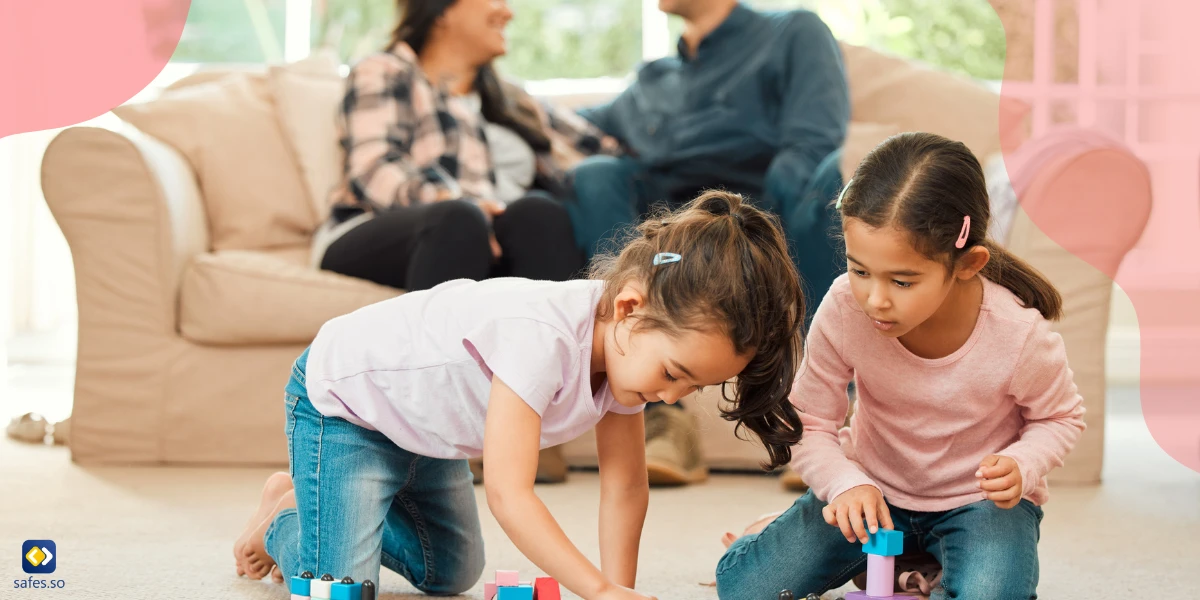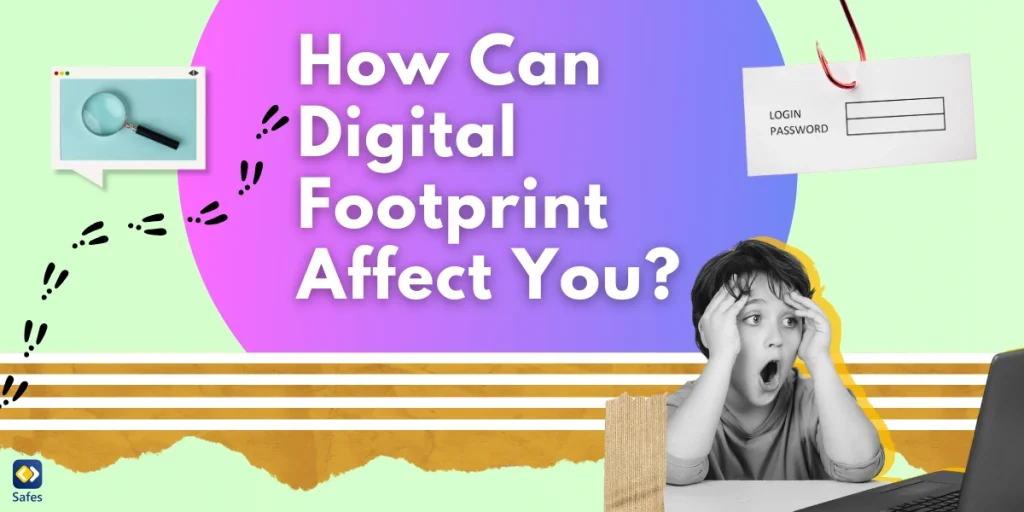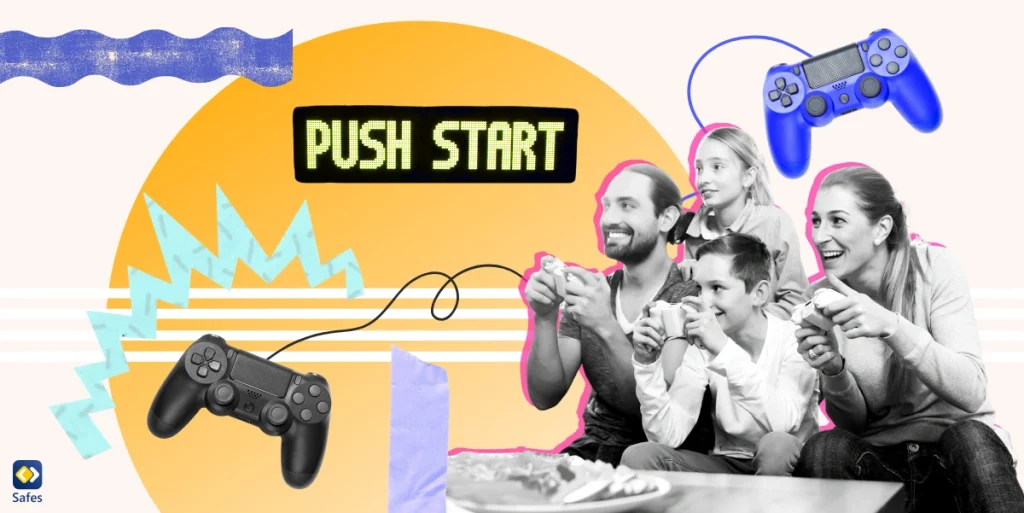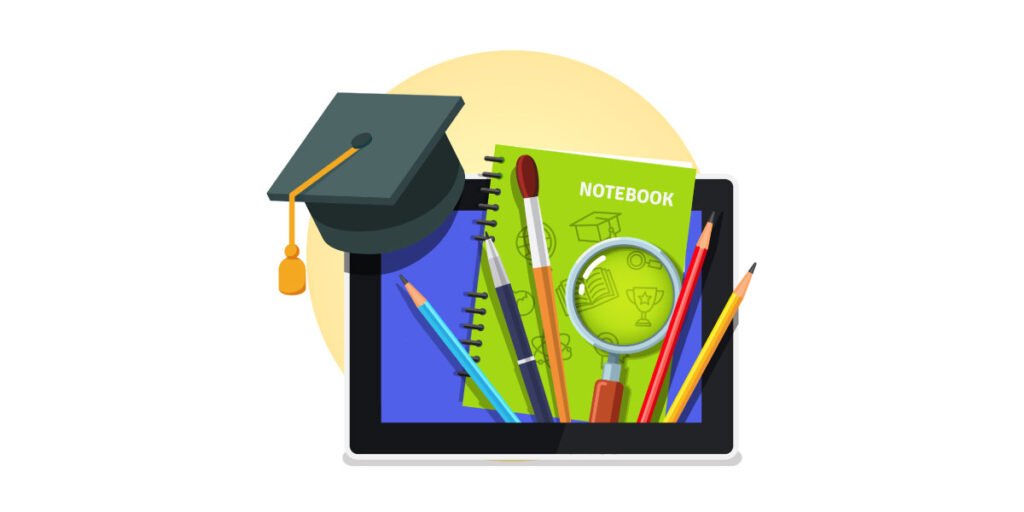Child-led parenting (not to be confused with permissive indulgent parenting) is an approach to parenting that focuses on enabling children to make choices and decisions on their own. It’s an approach that puts children’s needs and interests first, allowing kids to explore and learn independently.
Download and Start Your Free Trial of the Safes Parental Control App
Many people consider child-led parenting to be a better approach in comparison with an authoritarian parenting style, while others (mistakenly) believe that child-led parenting involves submitting to all children’s needs. That’s why in this blog post, we will explore the concept of child-led parenting and its benefits while providing a guide on how to implement it in your family. Our goal is to help parents understand the importance of this approach and how it can positively impact their children’s development.
What Is Child-Led Parenting?
Child-led parenting (which is a soft parenting approach) involves giving children the freedom to explore their environment and encouraging them to follow their curiosity while still providing guidance and support when needed. This approach values the child’s individuality and respects their autonomy, promoting independence, self-esteem, and creativity.
Child-led parenting helps children become more aware of themselves, improving their emotional intelligence and social skills. It also helps create a positive relationship between parents and their children because it involves mutual trust and respect. And of course, it teaches kids to take responsibility for their actions and develop ownership over their lives.

How to Implement Child-Led Parenting in Your Home or Classroom
As explained earlier, adopting a child-led learning and parenting approach in your home or classroom has numerous benefits for children. And here are some strategies you can use to implement child-led parenting:
Create an environment at school or home that promotes your child’s curiosity for exploration. You can provide them with age-appropriate toys and activities that allow them to learn and explore at their own pace.
Observe your child to understand their interests, strengths, and weaknesses. Tailor learning activities to match their interests and abilities, which will help them stay motivated and engaged.
Encourage your child to make decisions and choices about their learning. Involve them in the decision-making process by asking their opinion on activities, books, and other learning materials.
Challenges of Child-Led Parenting
Some may perceive child-led parenting as an “excessively soft parenting style.” Some people may assume that child-led parenting means giving in to all of the child’s demands, spoiling them, and not setting any boundaries. However, this is not the case. Child-led parenting involves creating a supportive and nurturing environment where the child can explore and learn on their own.
One of the challenges of child-led parenting is dealing with the discomfort of giving up control. As a parent, you may want to control every aspect of your child’s life, but with child-led parenting, you have to learn to let go and trust your child’s instincts. This can be difficult, especially if you are used to being in control.
Another challenge is overcoming societal pressure and criticism. Child-led parenting may not be the norm in some communities, and you may face criticism from family, friends, and even strangers for your approach. It can be tough to stand up for your parenting style and beliefs, but it’s essential to remember that every child is unique, and what works for one child may not work for another.
Child-led parenting requires patience, flexibility, and an open mind. It may not be the easiest parenting style, but it can be rewarding in the long run.

The Role of Parents and Teachers in Child-Led Parenting
In child-led parenting, the roles of parents and teachers are essential in creating an environment that prioritizes a child’s needs and interests. One of the crucial roles is supporting and encouraging your child’s curiosity. This can be done by providing resources and opportunities that align with their interests and allowing them to explore independently.
Another role is providing a safe space for exploration and learning. Parents and teachers should create a nurturing environment that allows children to feel comfortable and secure while they explore. This can be done by establishing clear boundaries and setting up safe areas for children to play and learn.
Lastly, being a facilitator and guide, not a director or dictator, is another critical role. Parents and teachers should take a backseat and allow children to make their own choices and decisions while providing guidance and support along the way.
How Can Safes Guarantee Your Child’s Safety Online?
The Safes parental control app can be a helpful tool for parents looking to implement child-led parenting. This app allows you to block and filter inappropriate content, creating a safer environment for the child to explore and learn. By using a parental control app like Safes, you can support and encourage your child’s curiosity while also providing a safe space for exploration and learning. The app can also act as a facilitator and guide, allowing you to monitor your child’s online activity without being a dictator or controller.
Safes is a multiplatform app, meaning you can install it on all smartphones, tablets, and computers powered by Android, iOS, Windows, and Mac. To learn more about how to implement parental controls using Safes, follow the links below:
- Windows parental controls
- Macbook parental controls
- Parental controls on Android
- iPhone parental controls
Start your 14-day free trial now and explore its features hassle-free—begin today with no credit card required!
Conclusion
In conclusion, child-led parenting is an approach that encourages children to take an active role in their own learning and development. Empowering children to make their own decisions is crucial for their overall growth and development. Soft parenting means parents and teachers play an essential role in supporting a child’s curiosity, providing a safe space for exploration and learning, and being facilitators and guides. By combining both child-led parenting and parental control apps like Safes, parents can create a healthy and balanced approach to parenting that supports the growth and development of their children.
Your Child’s Online Safety Starts Here
Every parent today needs a solution to manage screen time and keep their child safe online.
Without the right tools, digital risks and excessive screen time can impact children's well-being. Safes helps parents set healthy boundaries, monitor activity, and protect kids from online dangers—all with an easy-to-use app.
Take control of your child’s digital world. Learn more about Safes or download the app to start your free trial today!




